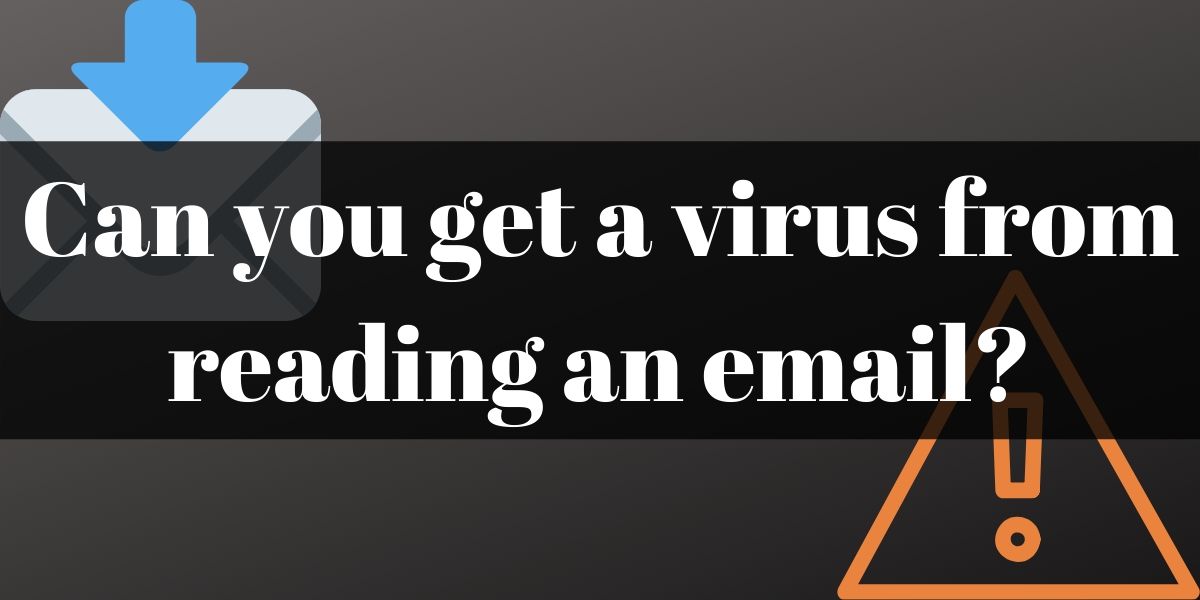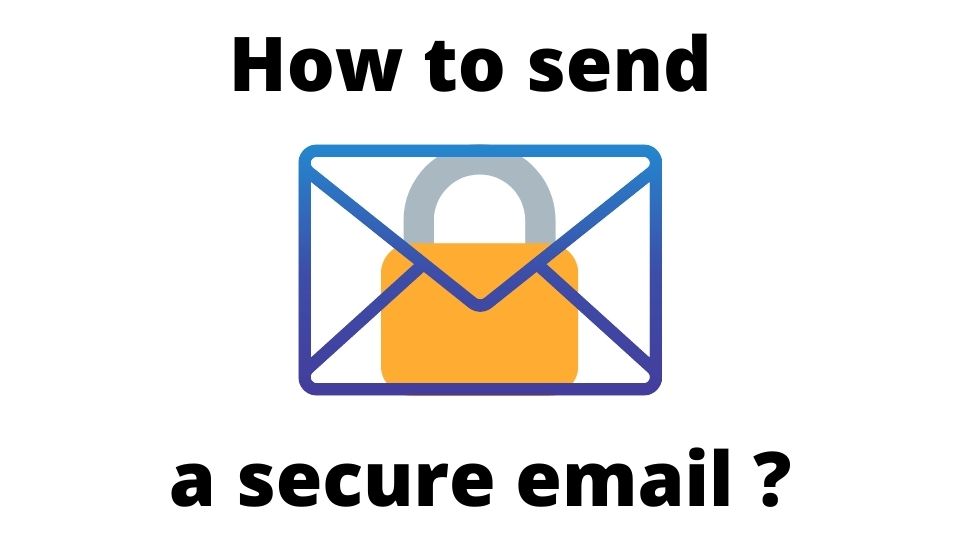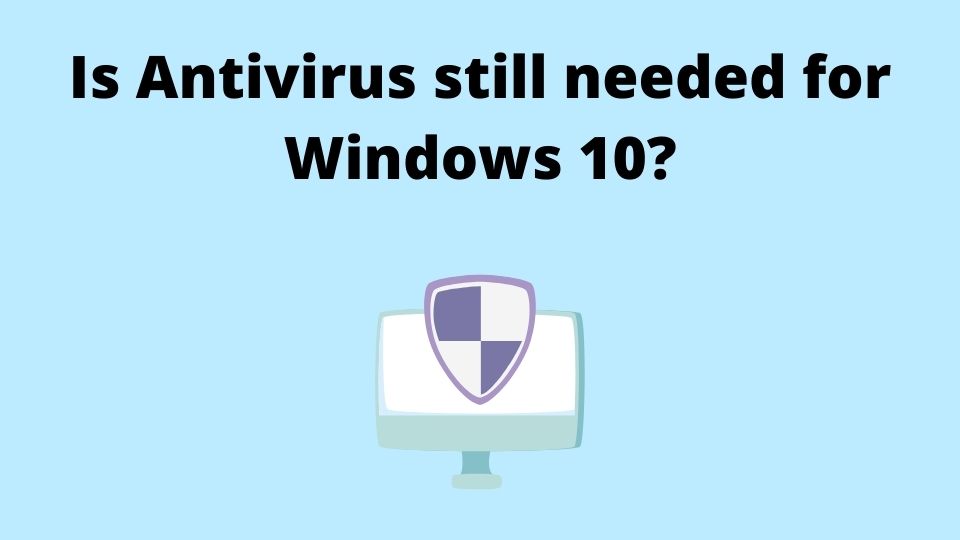When you receive an email, the first thing you probably do is open it. You may not even think twice about it. But did you know that by opening an email, you could be exposing your computer to a virus? It’s true! In this article, we will discuss the risks of opening emails and how to protect yourself from getting hacked.
The first thing you should know is that it’s not possible to get hacked just by opening an email. The problem will only happen if you perform specific actions when reading that dangerous email.
In most cases, it is going to be enough for you to download and open an attachment that contains a virus. Another dangerous scenario is if you follow a phishing link in that email you’ve just opened.
Can opening an email get you hacked?
The truth is that this has been possible in the past. However, today’s email services have improved their security measures to prevent these types of viruses from infecting your computer.
For example, Gmail scans all emails for malware and will not allow you to open dangerous attachments or links that could compromise your device’s safety.
The only way you could get hacked by opening an email is if the attacker bypassed these security measures.
For example, they might have compromised a server that sends emails and spammed millions of people with dangerous messages. In this case, all recipients would receive the same message from what appears to be a legitimate source like PayPal or eBay.
But, even in this case, you will have to first open that spam email and enter your credentials on the phishing web page that they’ve sent to you, just to realize that you’ve compromised your credentials.
Can your computer become infected with a virus by just opening an email?
We all remember a security problem with Microsoft Outlook when it was bringing a lot of troubles to its users. This was caused by a built-in HTML preview feature.
Some emails could then be sent with HTML and JavaScript. The problem is JavaScript could also contain malicious code. If you happened to open the email and Microsoft Outlook would automatically render the HTML, your computer could get affected by malware.
The problem existed not just for Microsoft Outlook, but for other email clients of that time (2000) that permitted to execute JavaScript in HTML emails. The problem is now long gone as nowadays no email clients will allow JavaScript code execution.
Is it safe yo open and preview your email?
The answer is definitely yes. If you are not using outdated email clients from the 2000s, then there is no working way for malware to get to your computer when you just previewing or reading the new email message.
Be advised: if you see an email with a suspicious topic or message like “Hey! Let me know how I can send you those $10,000 I owe you”, or “ACTION NEEDED! Your banking details must be verified” – then you are most likely dealing with a phishing email. DO NOT CLICK ANY LINKS FROM IT! And DO NOT DOWNLOAD ANY ATTACHMENTS!
How to protect yourself from getting a virus via email?
Nowadays email service is mostly safe to use. With major email service providers running some sort of spam filters and malware scanners on their end, you’d be always get warned when the email you’ve received is somewhat dangerous.
Besides relying on Gmail or ProtonMail to get your emails checked, there are certain habits that you must adopt to help protect your computer from getting hacked.
- Don’t click on links in emails
- Do not download attachments from unknown senders or spammers
- Scan suspicious attachments with anti-malware (like Malwarebytes) before opening
- Keep your email client up-to-date
- Use secure emails like ProtonMail or Tutanota
- Have a reliable real-time antivirus always active on your machine
- Exchange your personal information only in encrypted form with PGP (ProtonMail does it automatically)
- ALWAYS buckup your critical information to avoid it being encrypted by ransomware such as CryptoLocker
What is Phishing Email?
Phishing emails are messages that are sent in bulk, pretending to be from a legitimate source like eBay, PayPal, your company email box, or your bank. These types of emails have one goal only – to trick you into entering your credentials on a fake website that looks exactly like PayPal, for example. And once you enter them, your account will get hacked and money will be stolen by hackers.
What are fraud emails?
Some hackers will pretend to possess some compromising information about you. They will send you a message stating that they have your private photos or your webcam footage and will threaten to share it publicly if you do not pay extortion. In most cases this is fake as, otherwise they would have sent you some prove.
Other types of hacked emails will look like a message from PayPal or your bank. They will pretend that you have funds to withdraw, and if you do not claim them within 24 hours (or any other time limit), they will be sent back to the sender. And this is just another trick to get your credit card details stolen.
How to scan your email for viruses?
First of all, you do not need to scan your email for viruses if you have a reliable email provider like Gmail or ProtonMail. Both services and other popular emails are doing it automatically on their end. So there is no need for you to install any additional software unless you are running your own mail server at home or in the office.
How to scan an email attachment for a virus?
If you have received an email attachment from somebody that you do not know, or if the email looks suspicious, then it is a good idea to scan it with your antivirus software before opening it. You can use Malwarebytes for this purpose. Another good software for this is HitmanPro. It can also scan the attachment for zero-day threats. It means that it can detect even the most recent and unknown viruses.
How to check email for viruses on your phone?
Android phones do not allow you to install any software from “unknown sources”. So there is no way of getting some shady APK with a malware installed on your device unless you jailbreak or root it first, which I strongly advise not to do. But, for your safety, you may want to install an antivirus for your mobile device too, especially, if it is an Android device.
Conclusion
To conclude, you cannot get hacked or infected with a virus by simply opening an email. Most major email providers have sophisticated protection against viruses and hacking attempts in place. So if you use Gmail, Tutanota, ProtonMail, or other respected email services for your email account then you can rest assured that your inbox is safe from malware threats.


